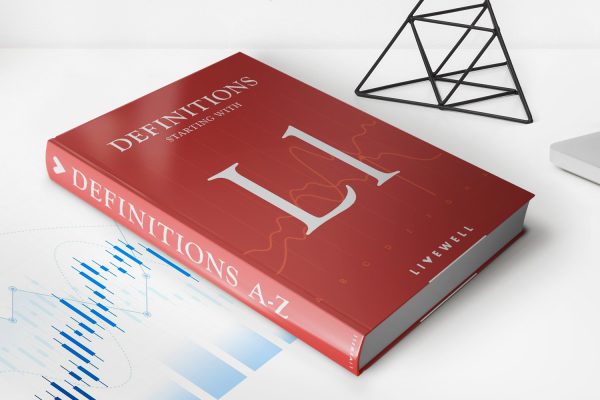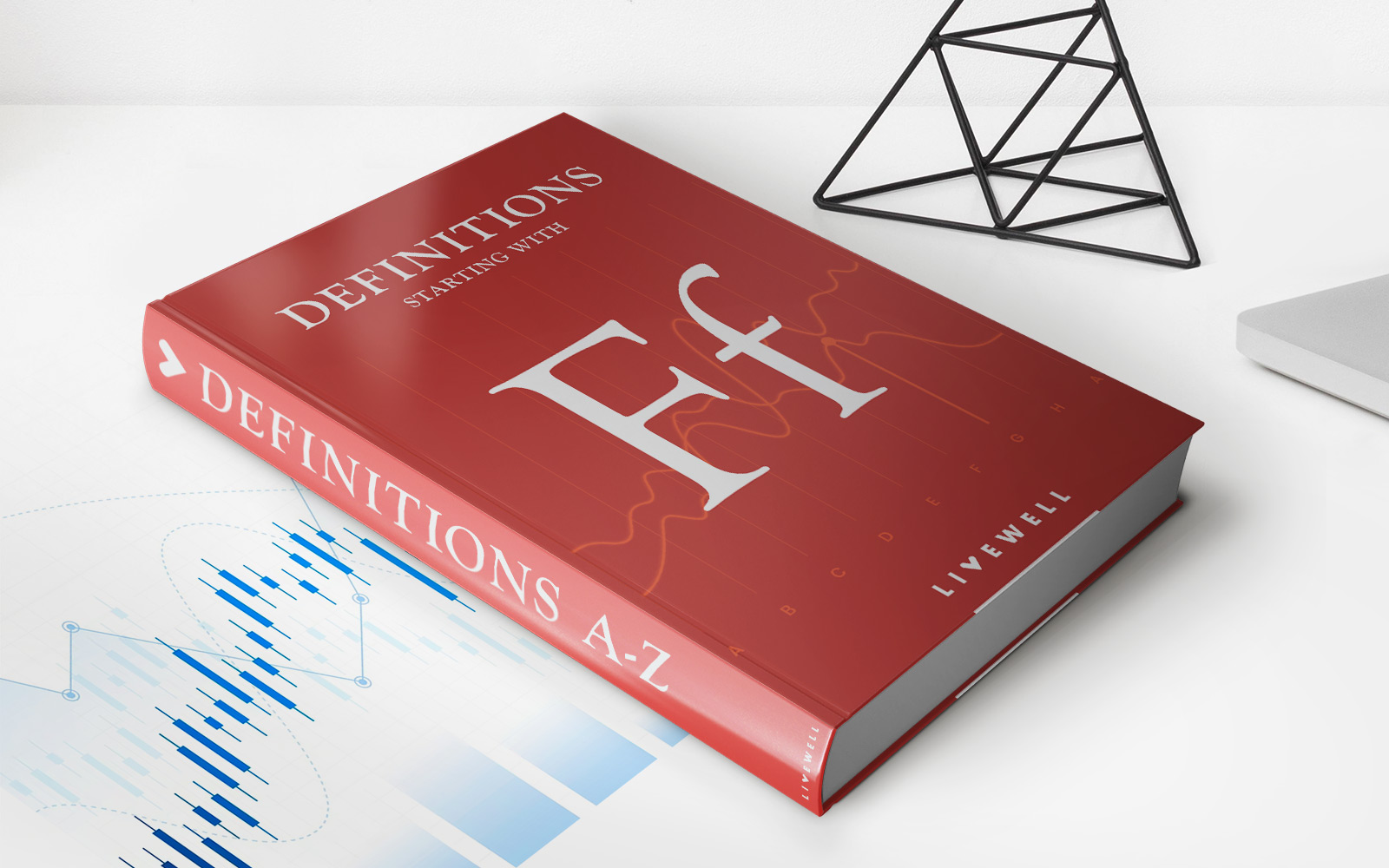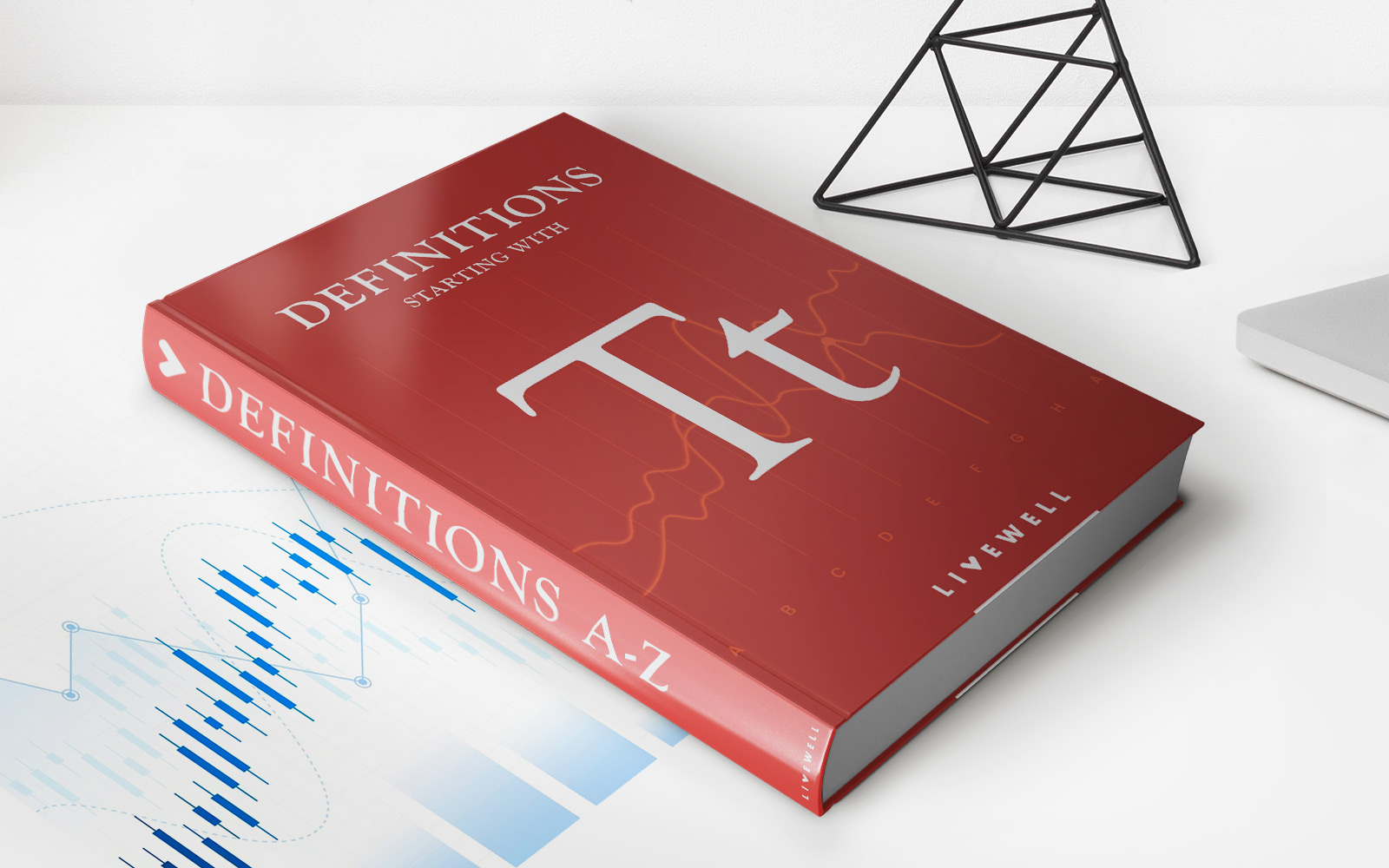

Finance
What Banks Do No Doc Loans?
Published: February 18, 2024
Looking for no doc loans? Find out which banks offer no doc loans and get the financing you need without extensive documentation. Explore your options now.
(Many of the links in this article redirect to a specific reviewed product. Your purchase of these products through affiliate links helps to generate commission for LiveWell, at no extra cost. Learn more)
Table of Contents
Introduction
Understanding No Doc Loans
No doc loans, short for “no documentation” loans, gained popularity in the early 2000s during the housing boom. These loans were designed to make it easier for self-employed individuals or those with non-traditional income sources to obtain mortgages without the extensive paperwork typically required for traditional loans. Unlike conventional mortgages that necessitate detailed income verification, employment history, and credit reports, no doc loans streamline the application process by requiring minimal documentation. While this may sound appealing, it’s essential to delve deeper into the workings of no doc loans to comprehend their implications fully.
No doc loans are particularly advantageous for individuals with fluctuating income streams, such as freelancers, independent contractors, or small business owners. By alleviating the need for extensive documentation, these loans offer a more accessible path to homeownership for those whose income may not be adequately reflected through traditional means. However, the convenience of minimal paperwork comes with its own set of considerations and potential drawbacks.
In the subsequent sections, we will explore the banks that offer no doc loans, delve into the pros and cons of opting for this type of financing, and elucidate the application process for those considering a no doc loan. It's crucial to weigh the benefits against the risks and make an informed decision when navigating the realm of no doc loans.
Understanding No Doc Loans
No doc loans, also known as “stated income” or “low documentation” loans, are a type of mortgage that requires minimal documentation during the application process. Traditional mortgages necessitate extensive paperwork to verify income, assets, and employment history. In contrast, no doc loans streamline this process, allowing borrowers to state their income without providing supporting documentation.
These loans are particularly beneficial for self-employed individuals, freelancers, and small business owners who may have non-traditional income sources or fluctuating earnings. By eliminating the need for detailed income verification, no doc loans offer a more accessible path to homeownership for those with unconventional financial profiles.
It’s important to note that the reduced documentation requirements of no doc loans come with certain trade-offs. Since the lender relies heavily on the borrower’s stated income and assets, the interest rates for no doc loans are often higher than those for traditional mortgages. Additionally, the eligibility criteria for these loans may be more stringent, requiring a higher credit score and a larger down payment to mitigate the lender’s risk.
Furthermore, the aftermath of the housing market crash in 2008 led to increased scrutiny and regulation of mortgage lending practices, including the issuance of no doc loans. As a result, the availability of these loans has become more limited, and lenders may impose stricter terms and conditions to mitigate potential risks.
While no doc loans offer a simplified application process for borrowers with non-traditional income sources, it’s essential to carefully consider the implications and potential drawbacks before opting for this type of financing. In the subsequent sections, we will explore the banks that offer no doc loans, delve into the pros and cons of opting for this type of financing, and elucidate the application process for those considering a no doc loan.
Banks Offering No Doc Loans
While the availability of no doc loans has become more limited in the aftermath of the housing market crash, some financial institutions still offer variations of these loans to cater to self-employed individuals and those with non-traditional income sources. It’s important to note that the landscape of mortgage lending has evolved, and the terms and conditions of these loans may vary among different banks and lending institutions.
One prominent lender that offers no doc loans is Bank of America. Through their “Affordable Loan Solution” program, self-employed individuals and gig economy workers may qualify for a mortgage with reduced documentation requirements. This program aims to provide more flexibility for borrowers with non-traditional income sources, offering an alternative to traditional mortgages that require extensive documentation.
Another key player in the realm of no doc loans is Wells Fargo. The bank provides a program known as “YourFirst Mortgage” that caters to first-time homebuyers, including those with varying income streams. While not explicitly labeled as a no doc loan, this program offers simplified income verification processes, making it more accessible for individuals with non-traditional financial profiles.
Additionally, some smaller community banks and credit unions may also offer no doc or low documentation loan options to support self-employed individuals and borrowers with unique financial circumstances. These institutions often prioritize personalized customer service and may be more willing to consider alternative income verification methods, making them potential sources for no doc loan options.
It’s important for prospective borrowers to conduct thorough research and engage in open communication with lenders to explore the availability of no doc loans and understand the specific terms and requirements associated with these programs. As the lending landscape continues to evolve, staying informed about the options offered by various banks and financial institutions is crucial for individuals seeking alternative mortgage solutions.
In the subsequent sections, we will delve into the pros and cons of opting for no doc loans and elucidate the application process for those considering this type of financing.
Pros and Cons of No Doc Loans
Like any financial product, no doc loans come with their own set of advantages and drawbacks. Understanding these pros and cons is essential for individuals considering this type of financing to make informed decisions about their mortgage options.
Pros:
- Accessibility: No doc loans provide a viable path to homeownership for self-employed individuals, freelancers, and small business owners with non-traditional income sources. By streamlining the documentation requirements, these loans offer accessibility to borrowers who may face challenges with traditional mortgages.
- Flexibility: For individuals with fluctuating income streams, no doc loans offer flexibility in income verification, allowing them to leverage their assets and stated income to qualify for a mortgage.
- Streamlined Application Process: With reduced documentation requirements, the application process for no doc loans is often faster and less cumbersome compared to traditional mortgages, providing a more efficient path to securing financing for a home purchase.
Cons:
- Higher Interest Rates: No doc loans typically carry higher interest rates compared to traditional mortgages. Lenders offset the increased risk associated with minimal income verification by charging higher interest, potentially translating to higher long-term costs for borrowers.
- Stricter Eligibility Criteria: Borrowers seeking no doc loans may encounter stricter eligibility criteria, including higher credit score requirements and larger down payment obligations to mitigate the lender's risk, potentially limiting the accessibility of these loans.
- Risk of Overstating Income: With reduced income verification, there is a risk that borrowers may overstate their income to qualify for a larger loan than their financial circumstances can sustain, potentially leading to financial strain in the long run.
It’s crucial for individuals considering no doc loans to carefully weigh these pros and cons in the context of their financial situation and long-term homeownership goals. While the accessibility and flexibility of no doc loans may be appealing, it’s essential to assess the potential trade-offs, including higher long-term costs and the risk of overextending financially.
In the subsequent section, we will elucidate the application process for those considering a no doc loan, providing insights into the steps involved in securing this type of financing.
How to Apply for a No Doc Loan
Applying for a no doc loan involves a distinct process compared to traditional mortgages, given the reduced emphasis on income documentation. While the specific requirements and procedures may vary among lenders, there are general steps that individuals can anticipate when seeking a no doc loan.
Evaluate Your Financial Profile:
Before applying for a no doc loan, it’s essential to assess your financial situation thoroughly. Understand your income sources, assets, and overall financial stability to gauge whether a no doc loan aligns with your homeownership goals. Consider consulting with a financial advisor or mortgage specialist to gain insights into the implications of opting for this type of financing.
Research Lenders Offering No Doc Loans:
Identify banks and lending institutions that offer no doc or low documentation loan options. Conduct comprehensive research to understand the specific programs, terms, and eligibility criteria associated with these loans. Engage in open communication with lenders to inquire about their offerings and express your interest in pursuing a no doc loan.
Prepare Documentation:
While no doc loans require minimal income documentation, you may still need to provide certain paperwork, such as bank statements, asset verification, and credit history. Organize these documents in advance to streamline the application process and demonstrate your financial stability to the lender.
Engage with Lenders:
Initiate discussions with potential lenders offering no doc loans. Communicate openly about your financial situation, income sources, and homeownership objectives. Be prepared to provide context and explanations regarding your income and assets, as this transparency can bolster your credibility as a borrower seeking a no doc loan.
Review and Compare Loan Terms:
Upon receiving loan offers from different lenders, carefully review and compare the terms, including interest rates, down payment requirements, and repayment schedules. Evaluate the long-term costs and implications of each offer to make an informed decision aligned with your financial goals.
Seek Professional Guidance:
Consider engaging the services of a mortgage broker or financial advisor with expertise in no doc loans. Their insights and guidance can provide invaluable support throughout the application process, helping you navigate the complexities of securing this type of financing.
By following these steps and maintaining open communication with lenders, borrowers can navigate the application process for a no doc loan more effectively. It’s crucial to approach this process with careful consideration and thorough preparation to make informed decisions regarding this alternative mortgage option.
As we conclude our exploration of no doc loans, it’s essential to reflect on the implications and considerations associated with this type of financing.
Conclusion
As we conclude our exploration of no doc loans, it’s evident that these alternative mortgage options offer accessibility and flexibility for individuals with non-traditional income sources, such as self-employed professionals and freelancers. The streamlined documentation requirements of no doc loans present a viable path to homeownership for those who may encounter challenges with traditional mortgage processes.
However, it’s crucial for prospective borrowers to approach the consideration of no doc loans with a comprehensive understanding of the associated pros and cons. While the reduced emphasis on income verification provides a more accessible avenue for securing a mortgage, it also introduces potential trade-offs, including higher interest rates, stricter eligibility criteria, and the risk of overstating income.
When contemplating a no doc loan, individuals should diligently evaluate their financial stability, long-term homeownership goals, and the implications of opting for this type of financing. Thorough research, open communication with lenders, and seeking professional guidance are paramount in navigating the complexities of securing a no doc loan.
Furthermore, as the lending landscape continues to evolve and regulatory frameworks shape the mortgage industry, staying informed about the availability and terms of no doc loans is essential for individuals seeking alternative mortgage solutions.
Ultimately, the decision to pursue a no doc loan should align with the borrower’s holistic financial strategy and homeownership aspirations. By carefully weighing the benefits and drawbacks, engaging in proactive communication with lenders, and seeking expert advice, individuals can make informed choices when considering this alternative mortgage option.
As the financial landscape evolves, the accessibility and terms of no doc loans may continue to undergo changes, making it essential for borrowers to stay informed and adaptable in navigating the realm of mortgage financing.














